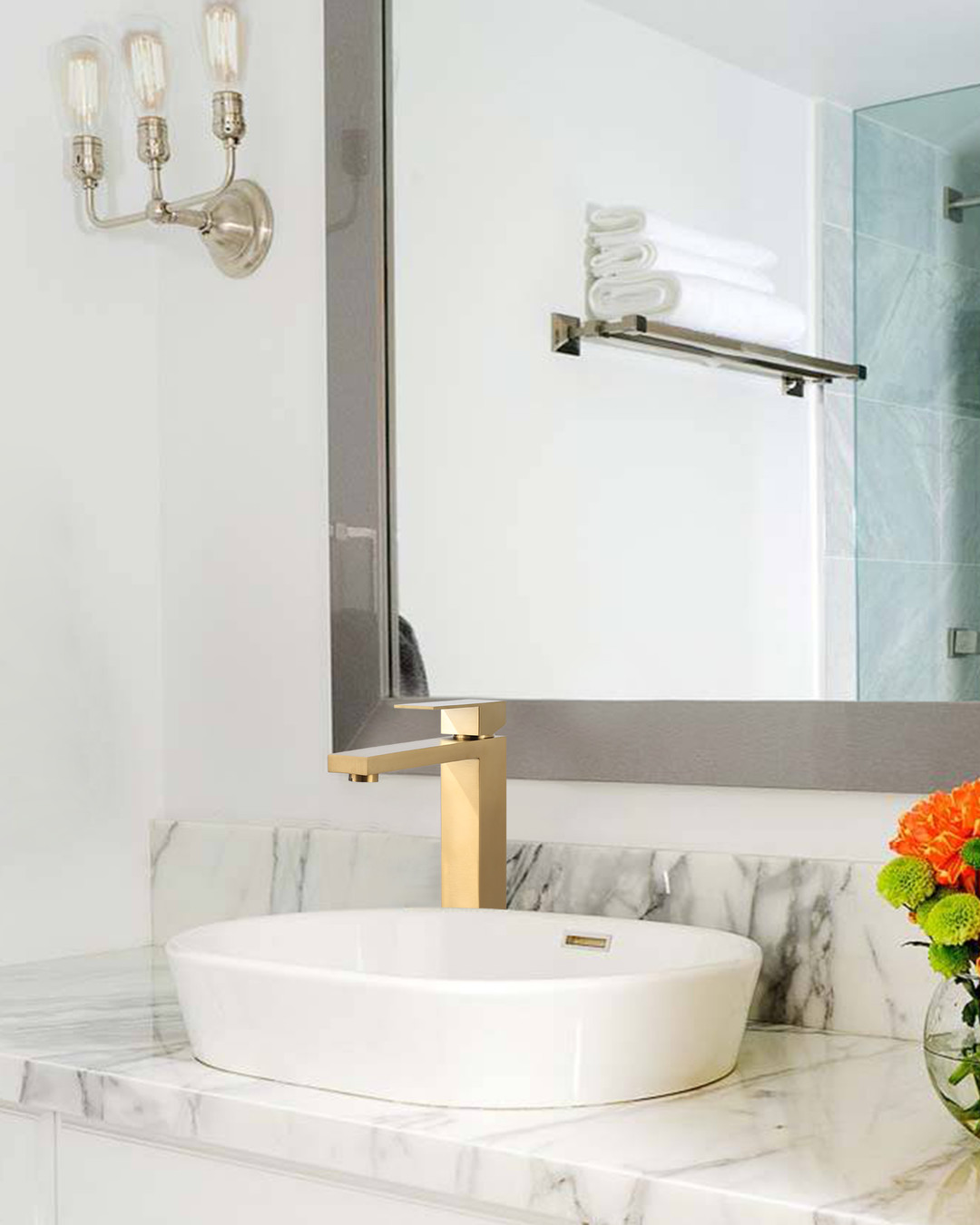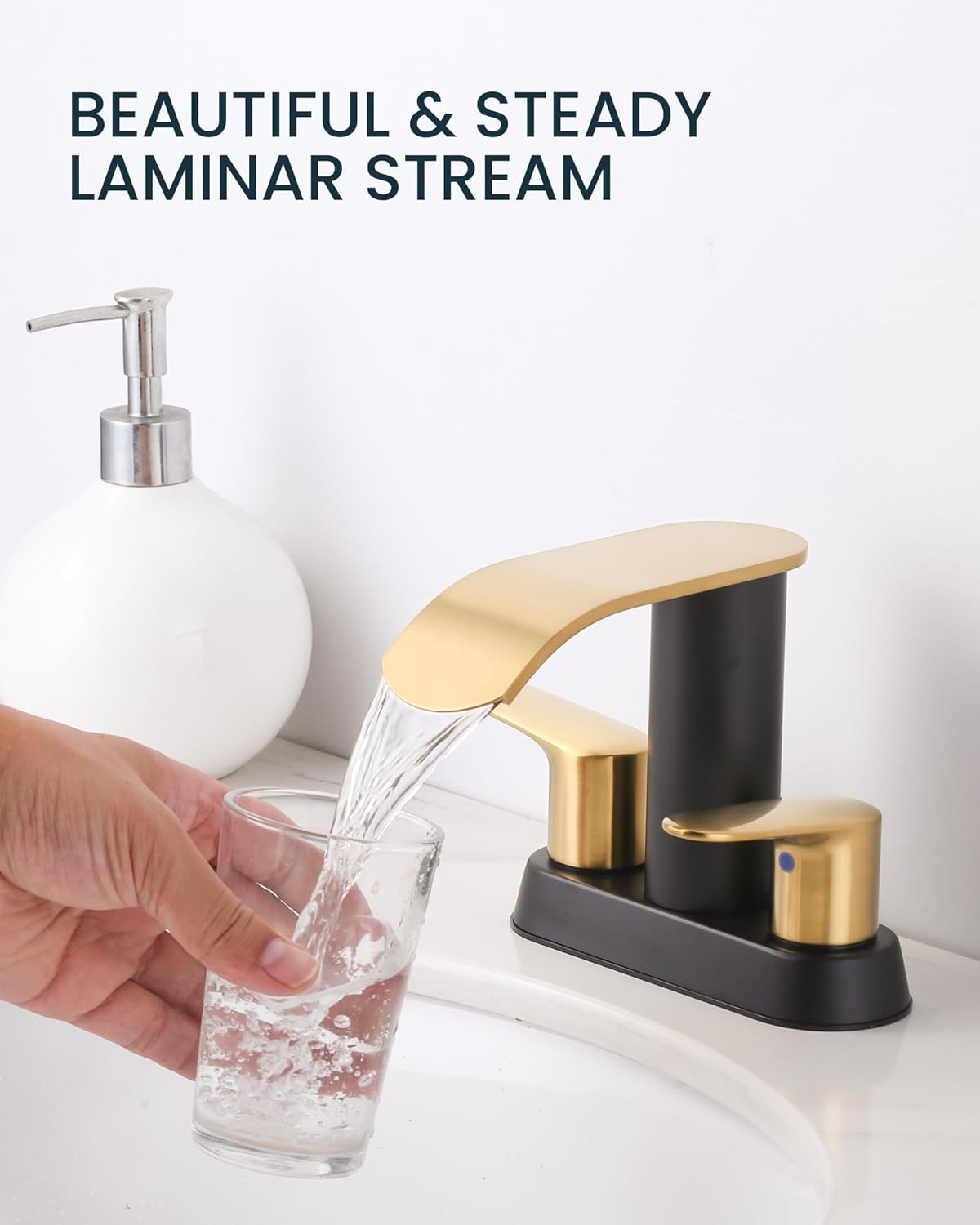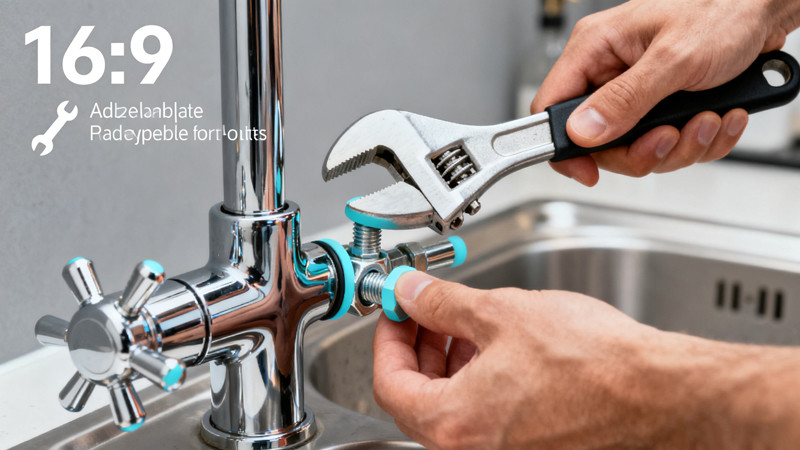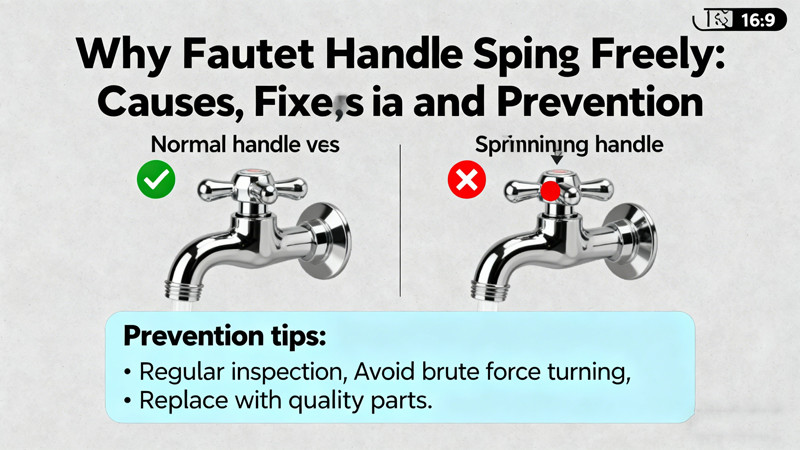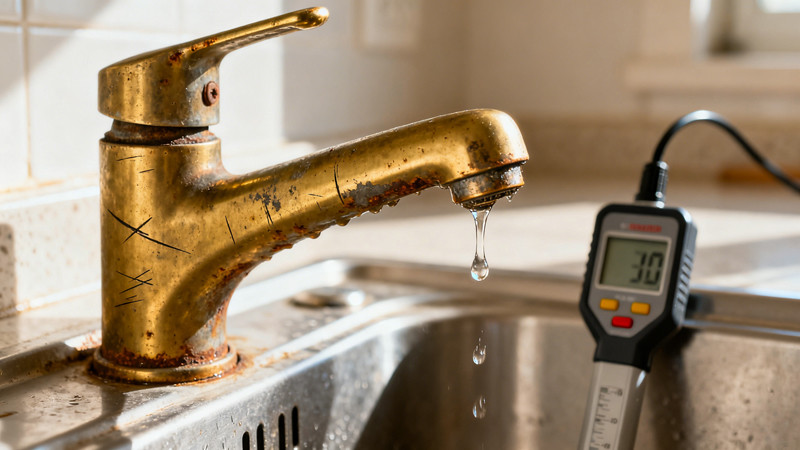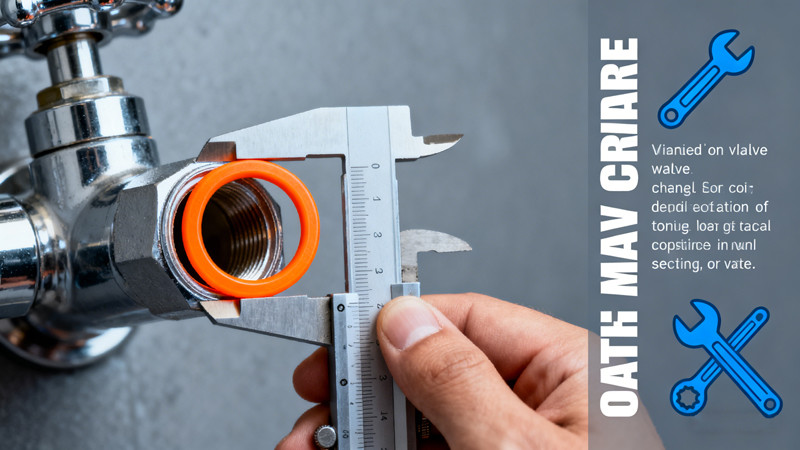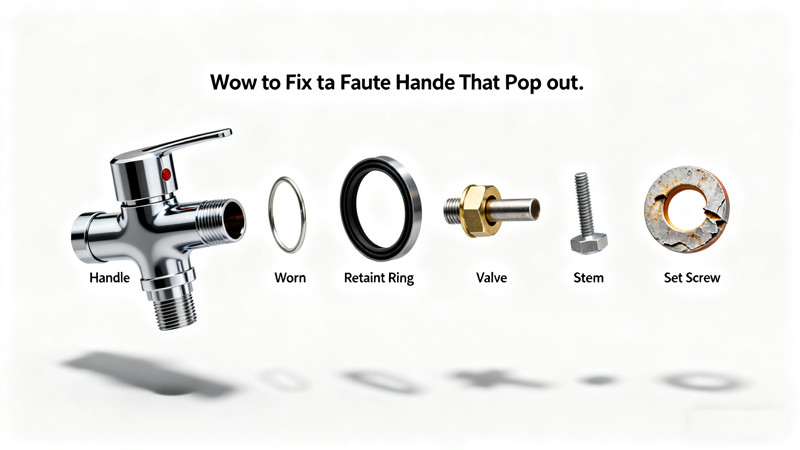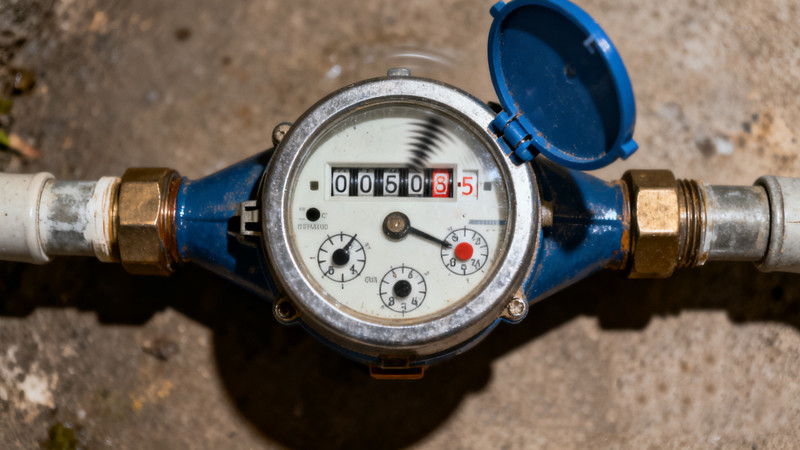
When you think about faucets, most people picture the standard single-handle design or the more common two-handle setup — one for hot water, one for cold. But there’s another style that has stood the test of time and still finds its way into bathrooms and kitchens: the three-handle faucet. Although not as common in new builds, this style offers a unique combination of control, durability, and classic charm. Whether you’re renovating an older home, restoring a vintage look, or simply want more precise water control, three-handle faucets deserve a closer look.
What Is a Three-Handle Faucet?
A three-handle faucet is exactly what it sounds like: a faucet with three separate handles. Traditionally, the handles are arranged in a row — hot on one side, cold on the other, and a center handle that controls the diverter or a specific function.
In bathrooms, the third handle is usually a diverter that switches the water flow from the tub spout to the showerhead. In kitchens, the third handle might serve other purposes, such as dispensing filtered water or controlling a spray nozzle.
Common configurations:
- Tub and shower combo: Hot water on the left, cold water on the right, middle handle to switch between tub and shower.
- Kitchen sink: Hot water on the left, cold water on the right, middle handle for purified water or an auxiliary sprayer.
- Utility sinks: Similar arrangement for multi-purpose workspaces.
How They Differ from Two-Handle Faucets
At first glance, you might wonder why anyone would choose three handles over two. The answer comes down to functionality and precision.
- Two-handle faucets: You mix hot and cold water by adjusting each handle individually.
- Three-handle faucets: You still mix hot and cold, but the middle handle gives you an added feature — usually control over where the water goes.
For example, in a vintage clawfoot tub with a shower attachment, the diverter handle makes it easy to switch between a relaxing soak and a quick rinse without fiddling with the main temperature settings.
Pros of Three-Handle Faucets
1. Precise Control
Having dedicated hot and cold handles allows for more exact temperature adjustments. You can fine-tune your preferred mix without affecting the diverter or other functions.
2. Separate Function Control
The middle handle often adds convenience. For showers, you don’t have to change the temperature when switching between tub and shower — just use the diverter handle. In kitchens, the third handle can be a dedicated control for filtered drinking water, reducing the need for extra fixtures.
3. Timeless Design
Three-handle faucets carry a vintage aesthetic that appeals to homeowners restoring older properties or aiming for a retro-inspired look. They pair beautifully with mid-century, Art Deco, or traditional bathroom and kitchen styles.
4. Durability and Maintenance
Since each handle has a simpler internal mechanism compared to single-handle faucets, repairs can be easier and less costly. You can replace or service one part without dismantling the whole faucet.
Cons of Three-Handle Faucets
1. More Space Required
Three handles naturally take up more room than one or two. This means they’re not ideal for compact sinks or minimalist designs.
2. More Holes in the Sink or Countertop
Installation typically requires three separate mounting holes (sometimes four if you include a spout hole). This limits compatibility with some modern sink designs.
3. Slightly Longer Learning Curve
Guests unfamiliar with the design may need a moment to figure out which handle does what — especially in kitchens where the third handle might control something other than a diverter.
Where They’re Still Popular
While three-handle faucets are less common in brand-new builds, they remain popular in:
- Vintage bathroom renovations where authenticity matters.
- Mid-century kitchens where period-correct fixtures enhance the look.
- Clawfoot tubs with overhead shower kits.
- Utility sinks in workshops or laundry rooms where function and durability outweigh sleek looks.
Some hotels, historic buildings, and bed-and-breakfasts maintain three-handle setups for both nostalgia and practicality.
Materials and Finishes
Like other faucets, three-handle models come in a wide range of materials and finishes. Popular options include:
- Polished chrome — classic, reflective, and easy to clean.
- Brushed nickel — softer look with good resistance to fingerprints.
- Oil-rubbed bronze — rich, antique style for traditional interiors.
- Polished brass — bold and bright, often used for vintage authenticity.
High-end versions may feature ceramic valve components for longevity, while budget models use compression washers.
Installation Considerations
If you’re replacing an existing three-handle faucet, the process is straightforward — match the handle spacing and you’re set. But if you’re converting from a two-handle or single-handle setup, you may need:
- A sink or wall with three properly spaced holes.
- Plumbing adjustments to accommodate the diverter mechanism.
- A professional plumber if you’re not comfortable with multi-handle assembly.
Pro tip: In showers, older three-handle configurations often have separate valve bodies for each handle. Modern building codes sometimes require pressure-balancing valves to prevent sudden temperature changes — check local requirements before installing.
Maintenance Tips
A well-built three-handle faucet can last decades with simple maintenance:
- Regular cleaning: Use mild soap and a soft cloth; avoid harsh chemicals that can damage the finish.
- Washer or cartridge replacement: If a handle drips, replacing the washer or cartridge usually solves the problem.
- Lubrication: Occasionally apply plumber’s grease to moving parts to keep them smooth.
- Diverter care: In tub/shower setups, sediment buildup can make the diverter stiff. Flushing it with vinegar can help.
Modern Variations
While the traditional three-handle faucet has a charmingly old-school feel, modern variations have emerged. Some feature:
- Ceramic disc technology for smoother operation and longer life.
- Sleek minimalist levers instead of cross-style knobs.
- Hybrid designs where the third control is digital or touch-activated.
- Integrated filtration systems in the kitchen for dedicated drinking water.
Manufacturers have also updated internal components to meet water-saving standards while maintaining the familiar three-handle layout.
Is a Three-Handle Faucet Right for You?
If you value vintage aesthetics, precise control, and a touch of nostalgia, a three-handle faucet can be a delightful choice. They’re especially suited for restoration projects, retro-themed spaces, or situations where you want separate, dedicated control for water direction or filtration.
However, if you’re working with limited sink space or prefer a streamlined modern look, you may find two-handle or single-handle designs more practical.
Final Thoughts
The three-handle faucet may not be the dominant player in today’s market, but it hasn’t faded into obscurity for a reason. It blends functionality, heritage, and character in a way that few fixtures can. Whether in a vintage clawfoot tub or a kitchen designed with a nod to the past, it offers both charm and utility — a small detail that can make a big impact.
 WOWOW Faucets
WOWOW Faucets